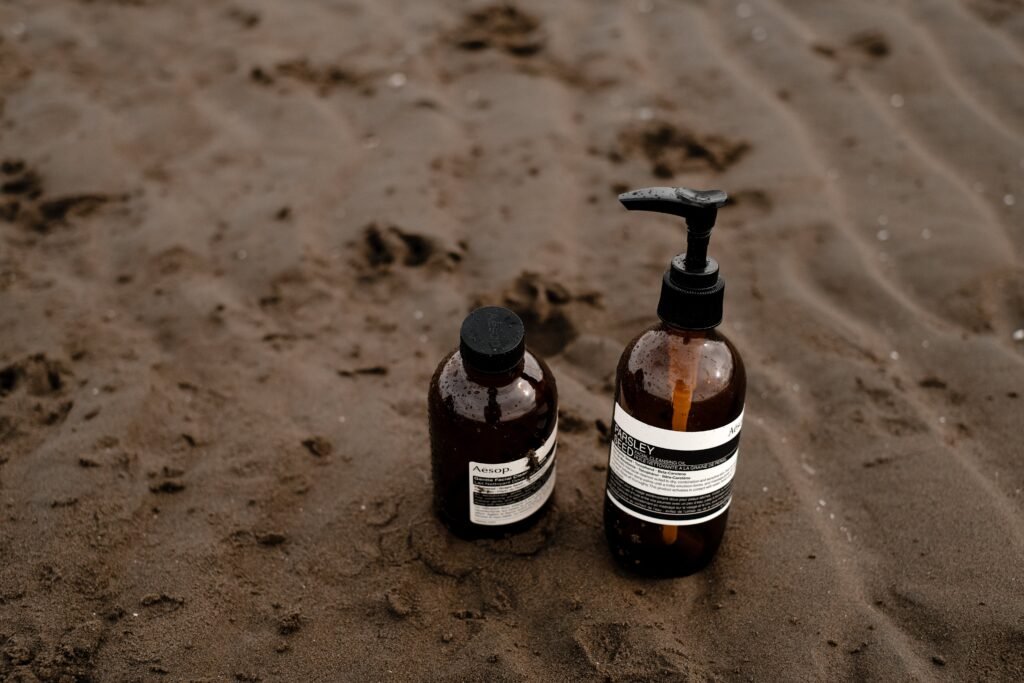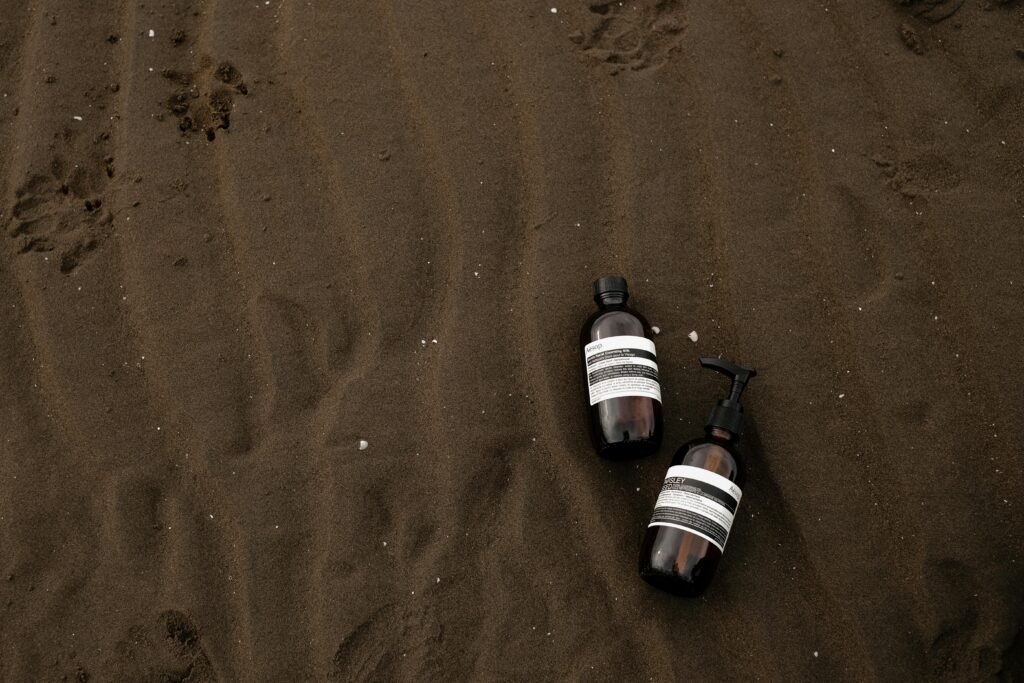In this comprehensive guide, you will learn everything you need to know about properly cleaning and maintaining your gun. Whether you’re a beginner or a seasoned firearm enthusiast, this step-by-step guide will walk you through the process, ensuring that your gun remains in optimal condition for years to come. From gathering the necessary cleaning supplies to safely disassembling and cleaning each component, this article will provide you with the knowledge and confidence to keep your firearm in top shape. So, without further ado, let’s dive into the world of gun maintenance and discover the art of cleaning your gun.

This image is property of images.pexels.com.
Gathering the Necessary Supplies
Cleaning your gun requires the right tools and supplies to ensure a thorough and effective cleaning process. Start by choosing a well-ventilated area to work in, as cleaning solvents can produce fumes that you should avoid inhaling. Gather cleaning solvents specifically designed for firearms, as these are formulated to remove dirt, debris, and fouling without damaging the gun’s components.
Next, you’ll need a cleaning rod to guide your cleaning patches through the barrel. Make sure to choose a cleaning rod that is suitable for your firearm’s caliber to prevent any damage. Collect cleaning patches, which are small pieces of cotton or synthetic material that will be attached to the cleaning rod. These patches help to absorb solvents and remove debris from the barrel.
In addition to the cleaning rod and patches, you’ll need a nylon brush for general cleaning purposes. This brush is gentle enough that it won’t scratch or damage the gun’s surfaces. For more effective cleaning inside the barrel, obtain a bore brush that matches the caliber of your firearm. The bore brush has stiff bristles that are specifically designed to remove fouling and deposits from the barrel.
Prepare a cleaning jag, which is a small attachment that holds the cleaning patch. This tool allows you to push the patch through the barrel for a thorough cleaning. Additionally, get a toothbrush or a soft brush that will help you reach and clean hard-to-reach areas and crevices. A cleaning pick can also be handy for removing stubborn dirt or debris.
Lastly, make sure to have a microfiber cloth ready. This cloth is excellent for wiping down the gun’s surfaces and removing any remaining oil or cleaning solvents. It’s essential to use a microfiber cloth to prevent lint or scratches on the gun’s finish.
Unload and Disassemble the Gun
Before you start cleaning your gun, it’s crucial to ensure that it is unloaded. Remove all ammunition from the firearm and double-check that the chamber, magazine, and any other areas are free from rounds. Once you’re confident that the gun is unloaded, refer to the manufacturer’s instructions to safely disassemble the gun. Different firearms have various disassembly processes, so it’s essential to follow the specific guidelines for your gun.
Separate the barrel, slide, and receiver according to the manufacturer’s instructions. If your gun has grips or stocks, you’ll also need to remove them. Take your time during this step and be cautious to prevent any accidental damage to the gun or yourself.

This image is property of images.pexels.com.
Cleaning the Barrel
Start by attaching the appropriate bore brush to your cleaning rod. The bore brush should match the caliber of your firearm. Apply some cleaning solvent to the bore brush, making sure it’s saturated but not dripping with solvent. Insert the cleaning rod into the barrel from the chamber end, and gently scrub the barrel with the bore brush in a back-and-forth motion. Be careful not to apply too much pressure, as this could damage the bore.
After scrubbing the barrel, remove the bore brush and attach a cleaning jag with a cleaning patch. Apply some solvent to the cleaning patch to moisten it, then push it through the barrel using the cleaning rod. Repeat this process with clean patches until they come out clean. This indicates that the barrel is free from debris or fouling.
Take the time to inspect the barrel for any residue or fouling that may require extra attention. If there is any stubborn build-up, you can use a cleaning pick or a bore brush to gently remove it. Once satisfied with the cleanliness of the barrel, run a dry patch through the barrel to remove any excess solvent.
Cleaning the Slide and Receiver
To clean the slide and receiver, start by applying some cleaning solvent to a cleaning patch. Wipe down the slide and receiver with the solvent-soaked patch, paying extra attention to areas like the extractor, firing pin channel, and slide rails. Use a toothbrush or a soft brush to scrub any hard-to-reach areas and crevices thoroughly. These areas tend to accumulate dirt and debris, so it’s important to give them some extra care.
Wipe away any excess solvent with a clean patch, ensuring that all surfaces are clean and dry. Take the time to inspect the slide and receiver for any remaining dirt, debris, or signs of corrosion. If you notice any stubborn residue, you can use a cleaning pick or brush to remove it gently. Once the surfaces are clean, apply a light coat of gun oil to prevent rust and promote smooth operation.

This image is property of images.pexels.com.
Cleaning the Frame and Grip
To clean the frame and grip of your gun, wipe them down with a clean microfiber cloth. This cloth will help remove any dirt, fingerprints, or oily residue. Pay special attention to textured surfaces and grooves, as these areas tend to collect debris. Inspect the frame and grip for any cracks or damage that may require further attention.
If your specific firearm requires it, you can apply a small amount of gun oil to moving parts or hinges to ensure they continue to function smoothly. Afterward, reassemble the grips or stocks if you previously removed them.
Cleaning and Lubricating Small Parts
Certain firearms may require additional cleaning and lubrication of small parts such as springs, pins, and magazines. Disassemble these parts according to the manufacturer’s instructions. Clean each part individually using a solvent-soaked patch or brush to remove dirt, debris, and fouling. Inspect each part for any signs of wear, damage, or rust.
Once the parts are clean and free from debris, apply a light coat of gun oil to ensure smooth functioning. Following the manufacturer’s instructions, reassemble the small parts, making sure everything is properly aligned and secured.
Caring for Optics and Accessories
If your gun has optics or accessories, it’s essential to take proper care of them as well. Remove any optics or accessories from the gun before cleaning. Clean the lenses or surfaces using a soft cloth and an appropriate cleaner specifically designed for optics. Be gentle when cleaning to avoid scratching or damaging these sensitive components.
While cleaning, check for any scratches or damage on the lenses or surfaces. If necessary, apply a lens protector or cover to prevent future damage. Inspect and clean any mounting hardware or rails that hold the optics or accessories in place. Apply a small amount of oil to any moving parts or hinges if necessary. Finally, reattach the optics or accessories securely, following the manufacturer’s instructions.
Storage and Maintenance
Proper storage and maintenance are essential to keep your gun in good condition for years to come. Before storing your gun, ensure that it is completely dry and free from any cleaning agents or solvents. Apply a thin layer of gun oil to all metal surfaces, as this will help prevent rust during storage. Use a silicone-treated cloth to wipe down the exterior of the gun, further protecting it from corrosion.
Choose a secure and dry location to store your gun. Avoid areas with high humidity or extreme temperature fluctuations, as these conditions can damage the firearm. Regularly inspect and clean your gun, even when it’s not in use, to prevent corrosion and malfunctions. By maintaining a consistent cleaning and maintenance routine, you’ll prolong the life and performance of your firearm.
Safety Precautions
When cleaning your gun, it’s crucial to prioritize safety. Always treat the gun as if it is loaded, even if you’re certain it’s unloaded. Only work in a well-ventilated area to avoid inhaling any cleaning solvents’ fumes. Wear safety glasses and gloves to protect your eyes and hands from any potential hazards.
Keep ammunition away from the cleaning area to prevent accidental loading or discharge. Ensure that the firearm is pointed in a safe direction during the disassembly and cleaning process. Read and follow the manufacturer’s instructions carefully to understand the specific cleaning requirements and potential risks for your firearm.
Use the appropriate tools and supplies for cleaning to avoid causing any damage to the gun or its components. Be responsible when disposing of cleaning agents and solvents, following local regulations and guidelines. Lastly, always double-check that the gun is unloaded before reassembling it to ensure everyone’s safety.
Seek Professional Assistance
If you’re unsure about the cleaning process or if you have a complex or specialized firearm, it’s best to seek professional assistance. A professional gunsmith can provide expert advice and guidance specific to your firearm. It’s crucial to properly maintain and care for your gun to ensure its longevity and safe operation.
Cleaning your gun is an essential part of responsible gun ownership. By following this comprehensive step-by-step guide, you’ll be able to clean and maintain your firearm effectively. Remember to prioritize safety throughout the process, seek professional help when needed, and regularly inspect and clean your gun to keep it in optimal condition.
